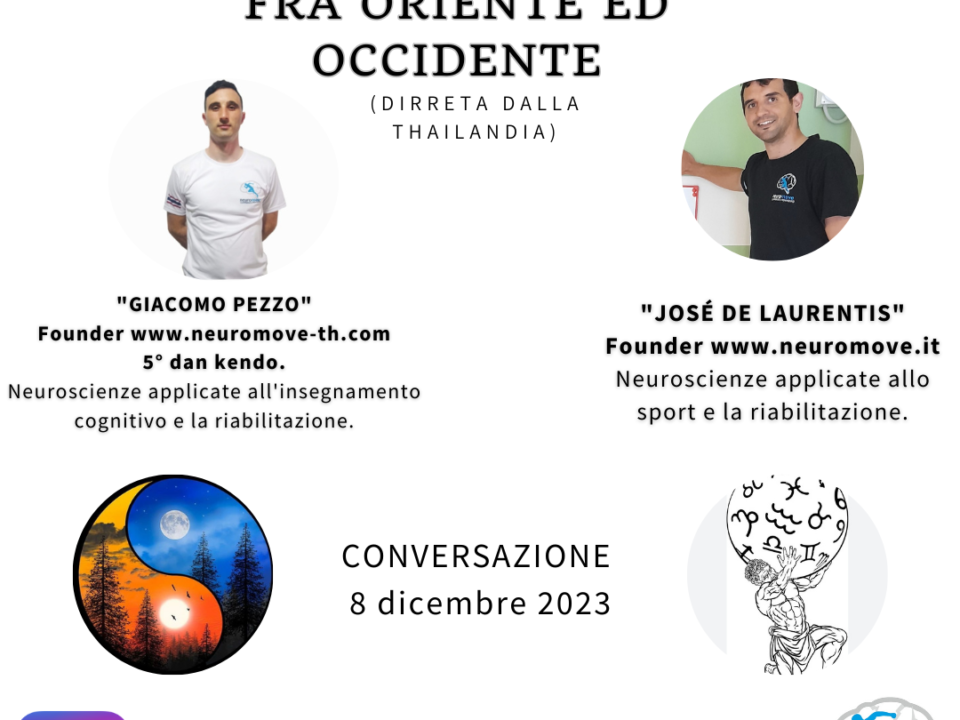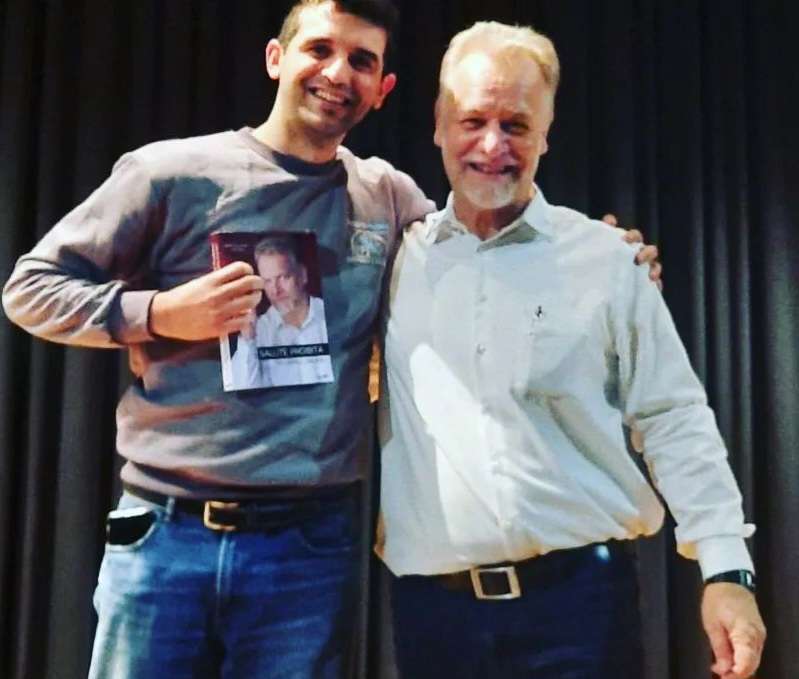- Motion Realizing
- info@neuromove.it
CORE TRAINING AND VISUAL-NEURO-COGNITIVE EXERCISES APPLIED TO KENDO
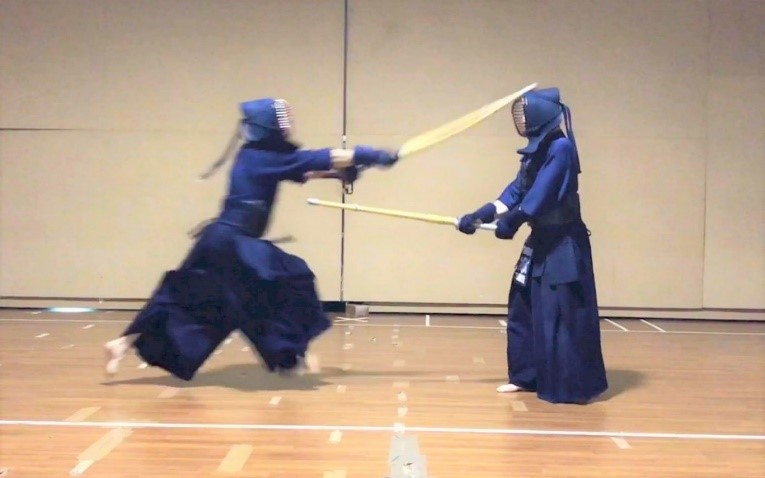
(Thesis-Final Conclusion – In July 2017, University of Brescia – Faculty of Kinesiology)
Keyword: kendo – core training – visualneurocognitive – plank – static stabilization – dynamic stabilization
It is proposed a training program that can be a useful physical support, neurological and athletic to conventional workouts Kendo.
Kendo: martial discipline that comes as a form of oriental fencing, where there are cultural / social aspects of Japanese culture, which was born and developed in the years to come in the modern era with competitions also worldwide.
The Kendo athletes must have explosive and reactive force to accomplish the techniques specific to that discipline, as well as very high in the mental alertness to identify the right time to develop the movements of attack and defense. Just about these skills it is developed the training program.
CORE TRAINING
The awareness and the enhancement of CORE are essential for many aspects in all movements that take place in Kendo, in particular for the guard position:
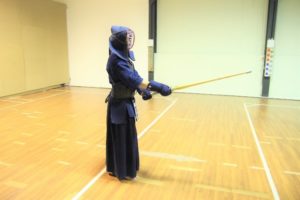
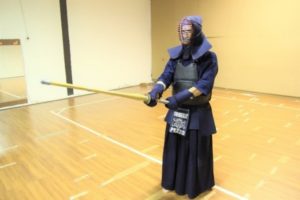
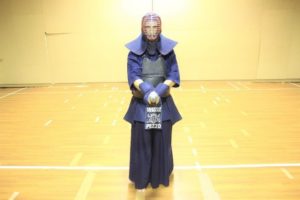 Chudan no Kamae (guard position)
Chudan no Kamae (guard position)
and for the attack movement:
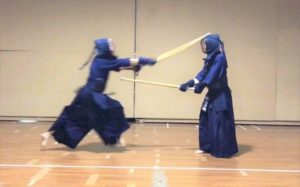
MEN Movement of attack (one of 4 objectives)
The strenghtening of CORE muscles become crucial for the following aspects:
- Maintaining the torso aligned;
- Confer compactness to the upper part of the body during the forward thrust of the hips by the left lower limb, which tends to break the alignment of the bust;
- Transfer the forces produced by the body is brought directly to the impact on the objective of the sword, which should be realized in almost complete relaxation of the upper limbs.
Considering this aspects, here are the exercises proposed in the program:
- Static stabilization on stable surfaces: the imbalance is caused by the positioning of the body itself, which allows the activation of the CORE superficial musculature.
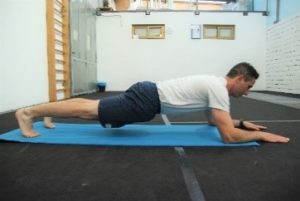
PLANK: activation of the anterior part of the CORE (rectus abdominis, obliques and transverse), pelvic retroversion by the action of the buttocks.
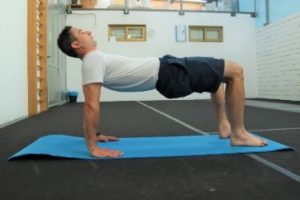
REVERSE PLANK: activation of the back of the CORE, hamstrings and glutes.
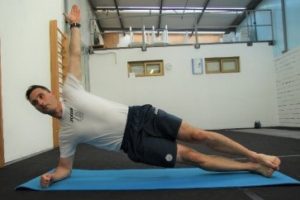
LATERAL PLANK: activation of the side core, gluteus medius, tensor fascia lata and stabilization of the pelvis (side drop).
- Dynamic stabilization with use of unstable surfaces and tools: the imbalance created by the instability of tools and table tops, involves the activation of the deep muscles of the CORE, who have the role to stabilize especially the lumbar spine.
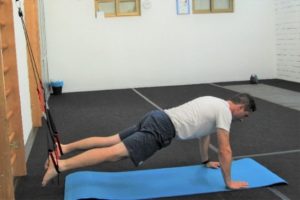
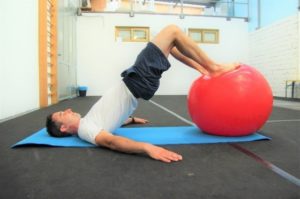
TRX PLANK SWISSBALL REVERSE PLANK
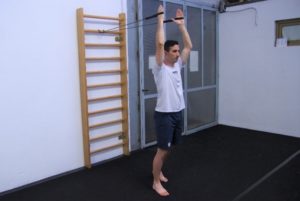
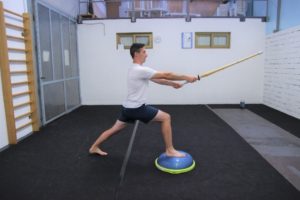
ANTERIOR CORE ACTIVATION ATTACK SIMULATION ON BOSU
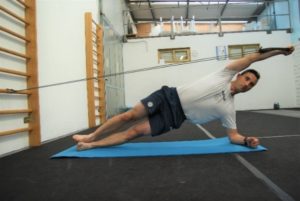
PLANK SIDE WITH RESISTANCE BAND
VISUAL-NEURO-COGNITIVE EXERCISES
It is a form of training that makes use of visual stimuli through which, once processed by the central nervous system, you can make the corresponding movements.
The brain activity who trains by means of this methodology reflects exactly what is used in the study phases of Kendo combat, at times when it is necessary to react in short times to one opponent stimulus, whether it be a movement, of an attack or a fake.
It considers this most important aspect of the motor act, as it constitutes the impulse triggering the motor act itself (this is called synapses, pulse motor, motor neuron, neuromuscular junction). Also, a workout that implements the specific movements of a particular activity, such as Kendo, through the stimulation of cognitive and neurological processes, enables better execution of these movements. That view is confirmed in an article written by prof. G. Filippi, human physiology lecturer C.d.L. in Sciences of the 'Catholic University of Milan, entitled "The new frontier of training: the connection between neurophysiology and sport ", In which he writes: "[...] the trainer invents or adopt a particular sequence of exercises that, to be carried out, forcing the motor control system to learn and implement a variety of strategies in which improves, that progressively stores coming to an effective guidance of the machine muscle ".
In the program they were included exercises that combine the specific movements of alphabetic and color codes represented on the illustrative tables. The student's work is, firstly, to store the combinations (eg .: red = right lateral displacement) and subsequently in reproducing the movements required with continuity, rhythm and with the fewest number of possible errors.
Here are the panels used in the program:
Table 1
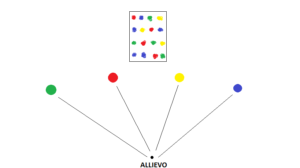
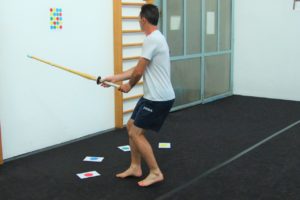
Table 2
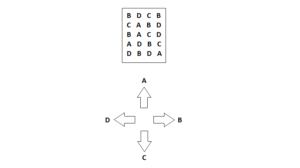
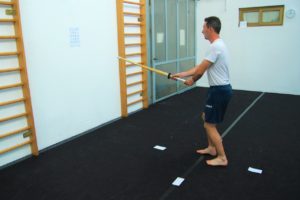
Table 3
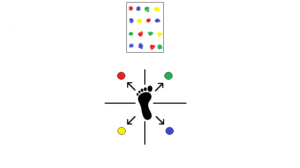
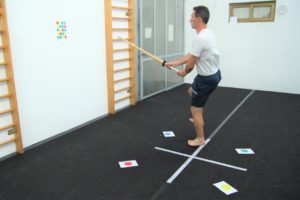
Table 4
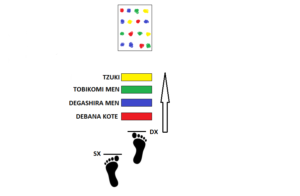
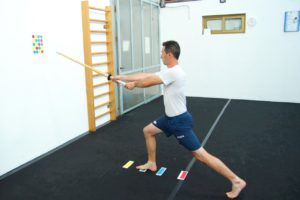
CONCLUSIONS
The proposed project has been prepared on the basis of kendo on current technical knowledge combined with studies in the field of physical education. Today, at least in Italy, there is no training program related to the subject. Our preliminary data do suggest a real effectiveness of the exercises aimed at the practice of kendo. Of course you will require further investigation with a larger number of different ages and experience subjects.
However, the following considerations are:
- The core training is an effective method of training and his application to Kendo techniques allows a real improvement of these;
- In general, current scientific evidence confirms the usefulness to target physical activity and sports programs on a course that takes seriously the neuro-cognitive aspect aimed at a more varied learning of the movement;
- The limitations in the ability to disseminate this project is believed to depend mainly on the methodology of the traditional teaching of the discipline. The proposed exercises, in fact, out of the traditional schemes of Kendo training that fit the most current scientific knowledge in the same discipline, with the risk of making them difficult to understand for non-experts in the field of Sports Science.
BIBLIOGRAPHY
Articles:
- G. M. Filippi, the new frontier of training: the link between sport and neurophysiology, http://www.my-personaltrainer.it/sport/neurofisiologia-sport3.html, 2017;
Books:
- C. Ferrante, A. Bollini, theory, technique and practice of core training, and Calzetti Mariucci, Perugia 2010;
- F.H. Martini, Timmons M.J., Tallitsch R.B., Anatomy, Edises Naples 2000.2004.
- A. Fiedler, Migliorino No, Functional Anatomy. Musculoskeletal anatomy, kinesiology and palpation for manual therapists, Piccin Nuova Libraria S.p.A., Padua.
Documents on line:
AUTHOR
Giacomo Pezzo


